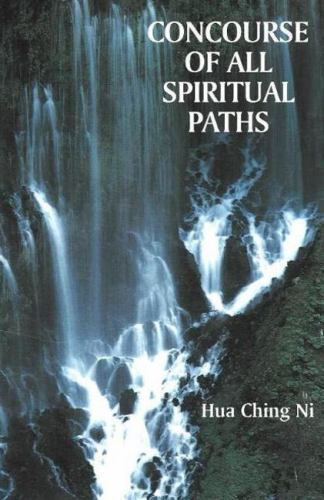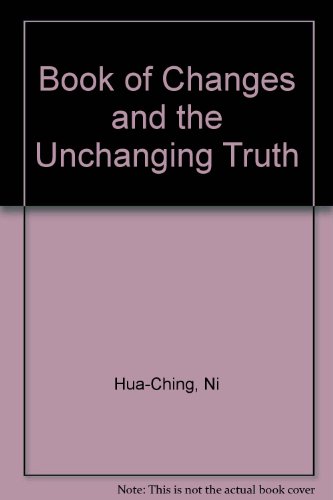

Nichiren says, “We may also note that the nam of Nam-myoho-renge- kyo is a Sanskrit word, while myoho, renge, and kyo are Chinese words” (OTT, 3). What does this mean to us? When we live our lives based on Myoho-renge-kyo, the Mystic Law-the ultimate truth or law of life-we exhibit the wisdom to deal effectively with any situation, creating the most valuable outcome. And “life” indicates that, when dedicated to this principle, our lives become based on wisdom that perceives that truth and functions in response to any changing circumstance. Nam comes from the Sanskrit word namas, which was translated in Chinese and Japanese as meaning “to dedicate one’s life.” “Dedication,” Nichiren says, means “dedication to the principle of eternal and unchanging truth” ( The Record of the Orally Transmitted Teachings, p. He added nam to Myoho-renge-kyo and set forth the chanting of Nam-myoho-renge-kyo as the practice to accord one’s life with this Law, which he identified as the law of life itself. It was the principle, or Law, at the very heart and core of the sutra’s teaching. To Nichiren, this phrase signified something far beyond being simply the title of a Buddhist text. In Japanese, these Chinese characters are pronounced Myoho-renge-kyo. The renowned fourth-century Buddhist scholar and translator Kumarajiva fully grasped the meaning behind the Lotus Sutra’s title and translated it from Sanskrit into Chinese as Miao-fa-lien-hua- ching. The Lotus Sutra’s Sanskrit title is Saddharma-pundarika-sutra. In his writings and recorded oral teachings, Nichiren Daishonin comments in detail and from various perspectives on the meaning of Nam-myoho-renge-kyo.įirst, the title and essence of the Lotus Sutra, Shakyamuni Buddha’s highest teaching, is Myoho-renge-kyo. He identified the chanting of Nam-myoho-renge-kyo as the means to establish a deep-seated, enduring and genuine happiness. This he calls the “boundless joy of the Law” (WND-1, 681) that underlies and supersedes the cycles of temporary happiness and suffering all people experience. He goes on to explain that while life is naturally filled with joy and suffering, ups and downs, there is a deeper and more enduring happiness.

Nichiren tells us, “There is no true happiness for human beings other than chanting Nam-myoho-renge-kyo” ( “Happiness in This World,” The Writings of Nichiren Daishonin, vol. Faith, practice and study are the basics of Buddhist practice, pursuing activities for oneself and activities for the sake of others. Chanting these words and excerpts from the Lotus Sutra is the core of this Buddhist practice, supported by study and helping others reveal their own Buddhahood. The universal law of life is expressed as Nam-myoho-renge-kyo reciting this allows each individual to tap into the wisdom of their life to reveal their Buddha nature. Not much familiar with both authors.Nichiren taught that all the benefits of the wisdom contained in the Lotus Sutra can be realized by chanting its title Myoho-renge-kyo. A lot of references from Heshangong commentaries ( Erkes translation, 1950) and after reading some chapters it sounds to me more of a Ni Hua Ching's flavor. I found the title interesting and so far what I am reading is a good introduction to the DDJ and well explained. I totally understand the importance to know about the author of a book, especially in translating this book. He seldom uses the term Tao, preferring the Subtle Reality or the Integral Way. Ni's work is a highly stylized interpretation, but also interesting. The Complete Works of Lao Tze, translation and elucidation by Hua, -Ching Ni, 1995

The subtle reality is beyond the description. Tao, the subtle reality of the universeĪlthough named and descriptions have been applied to it.I looked up Ni Hua Ching's openg verse of Ch1, just for comparison, since it was mentioned. It might be an interesting read and a useful tool for exploration.

Reviewer notes the sincerity of the work.


 0 kommentar(er)
0 kommentar(er)
